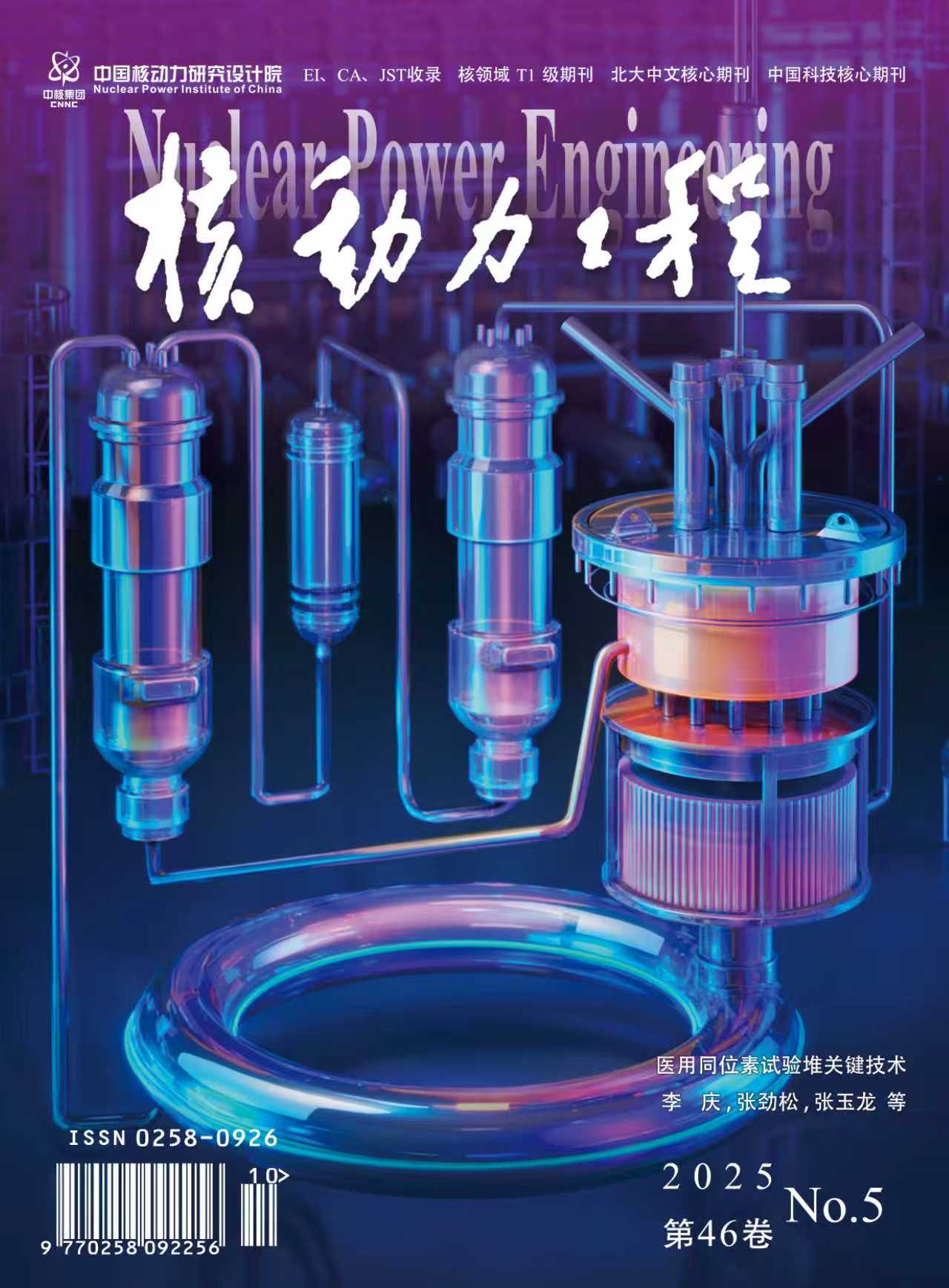2010 Vol. 31, No. 6
Display Method:
2010, 31(6): 1-4,9.
Abstract:
2010, 31(6): 5-9.
Abstract:
2010, 31(6): 10-14,28.
Abstract:
2010, 31(6): 15-19.
Abstract:
2010, 31(6): 20-23.
Abstract:
2010, 31(6): 24-28.
Abstract:
2010, 31(6): 29-32.
Abstract:
2010, 31(6): 33-37.
Abstract:
2010, 31(6): 38-40,46.
Abstract:
2010, 31(6): 41-46.
Abstract:
2010, 31(6): 47-51.
Abstract:
2010, 31(6): 52-55,74.
Abstract:
Research and Development of Real-Time Thermal-Hydraulic Simulation Code for Plate Type Fuel Reactors
2010, 31(6): 56-63.
Abstract:
2010, 31(6): 64-69.
Abstract:
2010, 31(6): 70-74.
Abstract:
2010, 31(6): 75-79.
Abstract:
2010, 31(6): 80-84,92.
Abstract:
2010, 31(6): 85-88.
Abstract:
2010, 31(6): 89-92.
Abstract:
2010, 31(6): 93-95,101.
Abstract:
2010, 31(6): 96-101.
Abstract:
2010, 31(6): 102-105,112.
Abstract:
2010, 31(6): 106-112.
Abstract:
2010, 31(6): 113-116,122.
Abstract:
2010, 31(6): 117-122.
Abstract:
2010, 31(6): 123-126.
Abstract:
2010, 31(6): 127-130.
Abstract:



